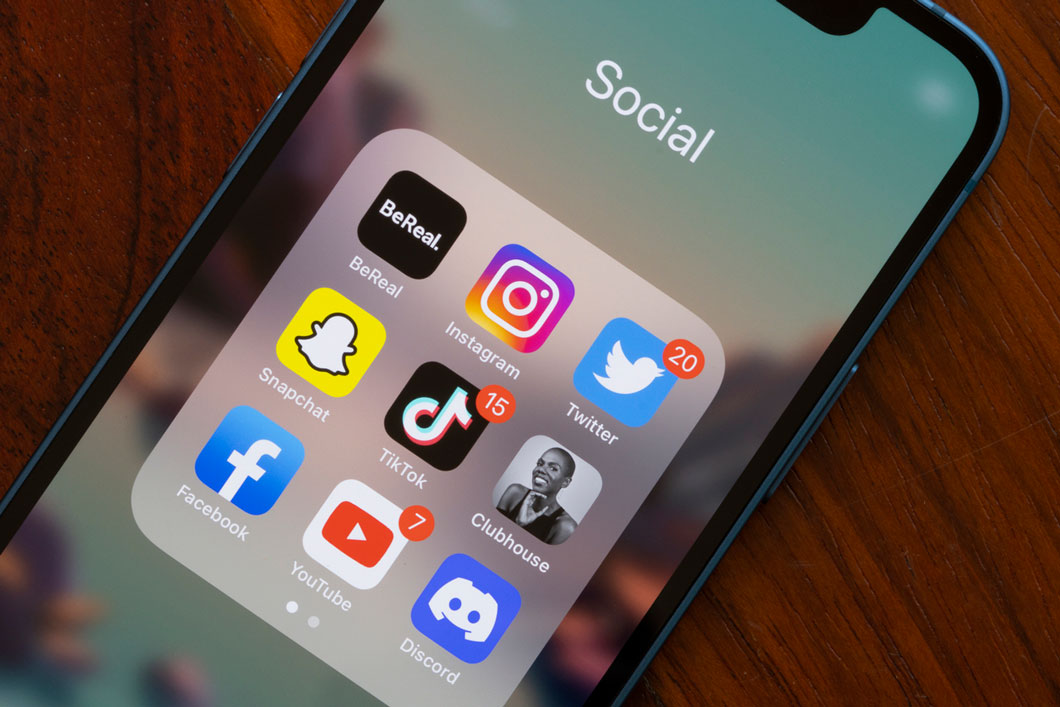Today’s online shoppers expect to be able to shop across a multitude of platforms. According to Harvard Business Review, 73% of all consumers now use multiple channels during their purchase journey.
By building an omnichannel strategy, brands can diversify reach and expand their presence across different channels to communicate with audiences they may have previously failed to resonate with, as well as engage new customers.
But what exactly is omnichannel and how can online retailers adapt to meet ever-changing consumer habits?
Simply put, omnichannel commerce is a strategic approach to retail that focuses on delivering seamless customer experiences – whether the shopper is buying online from a mobile device, on a computer, or in a physical store. For e-commerce retailers, the spotlight is on the number of different platforms that can be used to shop.
🏆
The 2024 Creative Retail Awards are open for entries.
The Creative Retail Awards are much more than a mere accolade; they represent the pinnacle of achievement in the retail industry. Garnering a nomination or winning one of these awards is a testament to innovation, excellence, and leadership.
www.creativeretailawards.com
Too many online retailers are still focused on multichannel commerce – selling a product to their customers on different channels, both online and offline. They successfully interact with their audience online and in-store, their digital brand presence is strong, and people know where to find them. This is all vital, of course, but the big difference between multichannel and omnichannel commerce is that the latter connects all channels, giving customers a seamless experience across each and every platform.
Nowadays, we’re used to shopping on websites, social media, online marketplaces and through various types of marketing communications. As the number of touchpoints continues to increase, so does the need for a seamless integration from one online location to another – whether it’s a social media advert, an e-shot, a pop-up mobile notification or even a live chat conversation.
Consumers should be able to shop across different channels without experiencing technical hiccups or inconsistencies in service, product availability, pricing and shipping options. Complex technical integrations are key, but many retailers hoping to maximise an omnichannel strategy falsely believe that this level of infrastructure is out of financial reach.
Is outsourcing fulfilment the answer?
As well as warehousing, picking, packing and shipping, outsourced fulfilment can empower e-commerce brands to diversify their audience by offering a more cost-effective solution to expanding their sales channels.
As a technology-driven third-party logistics partner, fulfilmentcrowd plugs straight into apps such as Shopify, Amazon and TikTok – the fastest growing online shopping channel and a unique opportunity for brands to significantly expand their reach.
TikTok has become one of the most popular social media platforms, with over 1.5 billion daily active users. It is a place where entertainment and commerce meet, transforming how consumers shop. The convenience of users having the ability to watch a video on their phone, see a product they like and immediately buy it has meant social commerce is quickly becoming the most popular form of e-commerce. By 2026, it’s estimated that 39.9% of TikTok users will make purchases via the platform.
Growth comes from capitalising on new audiences, across new channels, and in new regions. By outsourcing fulfilment and adding platforms such as TikTok into their sales channel portfolio, online retailers can capitalise on evolving consumer behaviour and sell in large volumes to new markets, both domestic and international. Having the right partners on board to support the journey and remove any friction for new and existing customers will help to build brand loyalty in a highly competitive marketplace.
When a retail business is successful in breaking down the walls between the channels, the consumer is empowered to interact with a company in whatever way suits them – and is much more likely to hit the buy button.
For more information, visit www.fulfilmentcrowd.com.



















